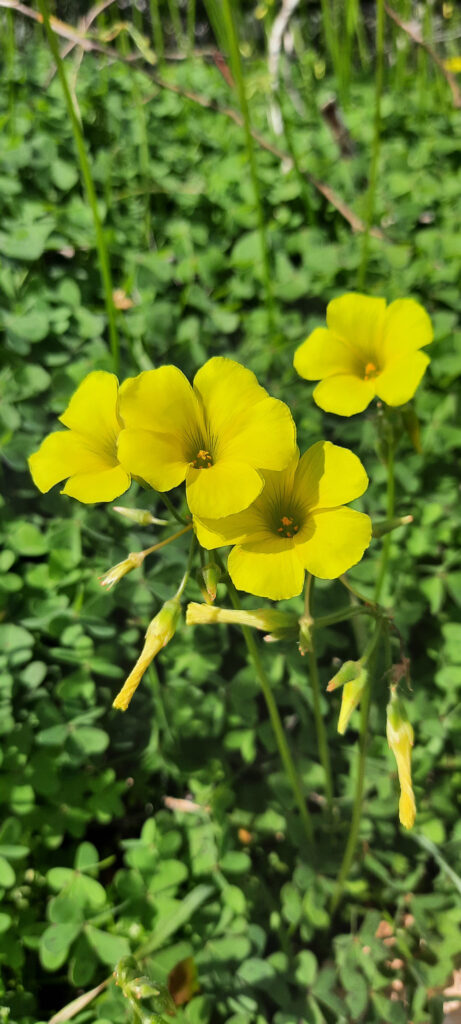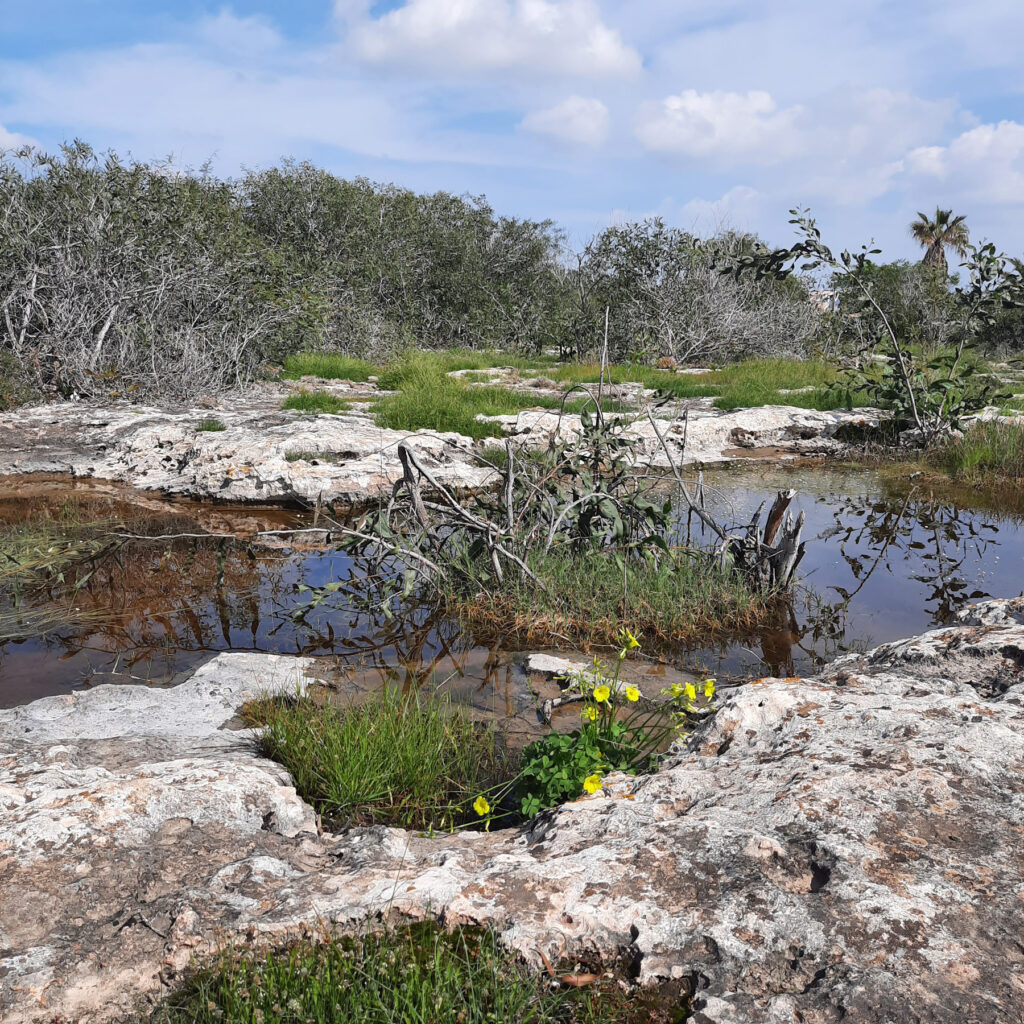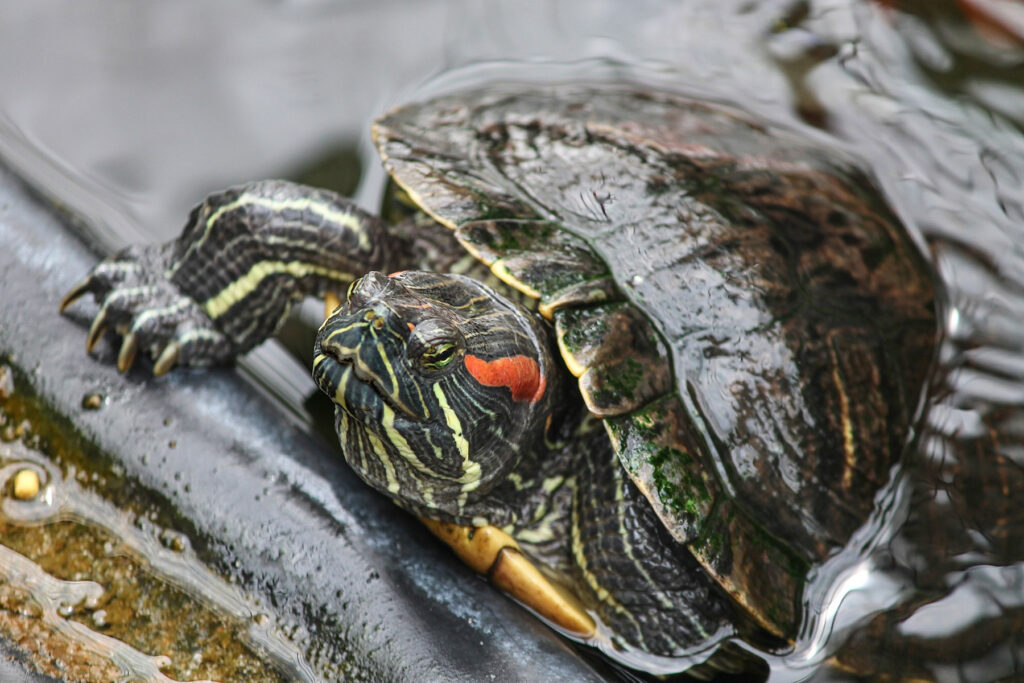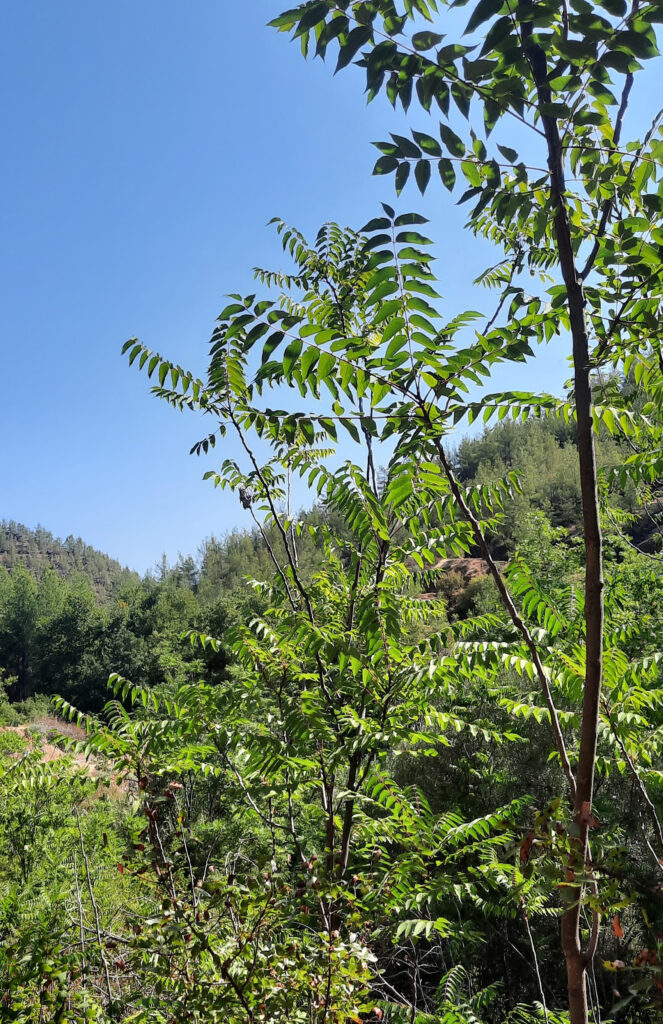Filenews 30 October 2024
The transfer of plants and animals from one area to another was a practice followed by man since the old times, in order to improve his quality of life. Some species may end up in a new area even accidentally, as "stowaways" on ships, through travellers and freight. And where is the harm in that?
Most alien species do not cause damage – since they usually do not even have the ability to acclimatize to the new environment. But some of them manage to settle in the new natural environment, compete with native species, displace them and even lead them to extinction! These are Invasive Alien Species.
The problem in numbers
Invasive Alien Species are one of the 5 main causes of biodiversity loss, both in Europe and globally. They pose a significant threat to native plants and animals in Europe, and the damage they cause to the European economy is estimated at around €12 billion per year.
In Europe there are over 12,000 alien species, of which 10-15% are Invasive Alien Species. These include mammals, amphibians, reptiles, fish, invertebrates, plants, fungi, bacteria and other microorganisms. They exist both on land, rivers and lakes, but also in the sea.
The damage they cause to the economy has to do with the decline in yield of agriculture, forestry and fishing. At the same time, they can damage infrastructure and transport or reduce water availability, blocking waterways or disrupting water supply networks. They can also alter landscapes and water bodies, thereby reducing the value of recreation and cultural heritage. They can also pose a serious problem to human health, causing severe allergies, skin problems and diseases in humans.
More than 50 Invasive Alien Species have been recorded so far in Cyprus, on land and at sea. Two such examples are given below.

Is acacia harmless?
Acacia sp was introduced to Cyprus in the late 19th century during British colonial rule for use on plantations. It was mainly used for stabilizing sand dunes, controlling soil erosion, restoring degraded areas, producing fuel, but also as an ornamental.
Acacia easily invades new ecosystems, vigorously competes with other species for water and light, and changes the composition of the soil by fixing nitrogen and covering it with layers of leaves. Where an acacia tree grows, a dense cluster of plants is quickly created, which displaces the species that normally grow in the area, thus leading to habitat destruction.

The pet of our childhood
The American freshwater water turtle (Trachemys scripta) is a species native to the Americas. It was introduced to Cyprus as a pet in the 80s and quickly became very popular. Some of these pets have since been released by their owners into lakes and rivers.
Today, the American water turtle has settled in the nature of Cyprus and unfortunately competes with the striped water turtle (Mauremys rivulata), which is a native species of our island. This competition could lead the Striped Water Turtle to extinction.

How can each of us help?
The role of each of us is very important in limiting the spread of Invasive Alien Species. First we need to know what these species are, something we can learn through the Information Guide prepared by the Department of Environment. Then we can apply some good practices such as:
- We choose native (Cypriot) plant species for our garden or terrace, as these are adapted to the local environment.
- We clean our tools and equipment during horticultural and cultivation activities.
- Avoid transferring soil from one area to another, as the soil may contain seeds or other parts of a plant that is an invasive species.
- We keep pets away from the natural environment. Even if they are not invasive, these species can affect the local environment. In case someone no longer wishes to keep his pet, which has been classified as an invasive species, he should contact the Department of Environment for proper subsequent handling.
- Neuter pets classified as invasive or keep females separate from males as they must not breed.

How does Pandoteira help manage invasive alien species?
The Pandoteira project will map the spread and create Action Plans for Invasive Alien Species. In particular, a national list of these species will be prepared, measures will be taken to address UAE, widespread FDI will be managed and affected and damaged habitats and ecosystems will be restored.
Learn more about the Pandoteira project here.
